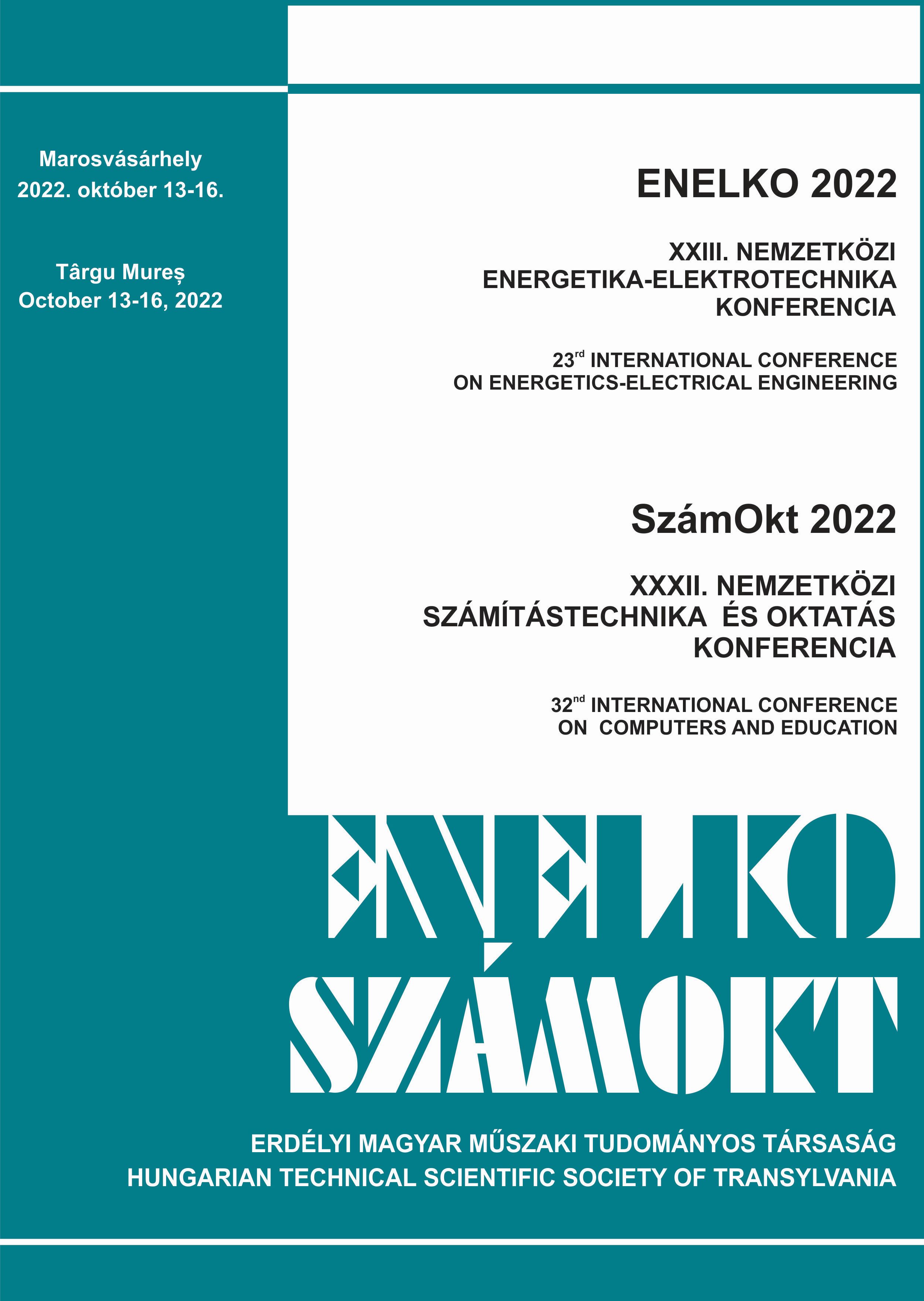Algoritmus gondolkodás fejlesztése a matematikaoktatásban
Improving algorithmic thinking in mathematics education
Keywords:
Sprego, algorithmic thinking, mathematics, education, algoritmikus gondolkodás, matematika, oktatásAbstract
In recent years, our experience has shown that the majority of first-year students are missing the competences that are essential to develop algorithmic thinking and to apply these skills to computer / computer – assisted problem solving. The aim of this study is to develop algorithmic thinking and to integrate computer-based learning into mathematics education. There are several possible ways to do this, we focused on Sprego (Spreadsheet Lego) programming. The results of the research show that our teaching method developed the students' computational thinking and algorithmic skills, while they caught up with the basics of mathematics.
Kivonat
Az elmúlt években tapasztalataink szerint az elsőéves hallgatók többségénél hiányoznak azok a kompetenciák, amelyek elengedhetetlenek az algoritmus gondolkodás fejlesztéséhez és ezen képességek alkalmazása a számítógépes / számítógéppel támogatott probléma megoldásban. Jelen tanulmány célja az algoritmus gondolkodás fejlesztése, a számítógéppel való tanítás beépítése a matematikaoktatásba. Erre több lehetséges módszert találhatunk, mi a Sprego (Spreadsheet Lego) programozást helyeztük előtérbe. A kutatás eredményei mutatják, hogy a tanítási módszerünk fejlesztette a hallgatók számítógépes gondolkodását, algoritmikus készségüket, miközben felzárkóztak a matematika alapjaival.
References
Wolfram C.: Stop teaching calculating, start teaching math, https://files.wolframcdn.com/pub/www.computerbasedmath.org/Education_talk_transcript.pdf (Utolsó letöltés: 2022. 09.15).
Wolfram C., The computational thinking process, https://www.computerbasedmath.org/computational-thinking-process-poster/ (Utolsó megtekintés: 2022. 09.15).
Wolfram C., The Math(s) Fix: An Education Blueprint for the AI Age. Wolfram Media, Inc. 2020.
Pólya G., How To Solve It. A New Aspect of Mathematical Method. (2nd Edition 1957), 1954, Princeton, NJ: Princeton University Press.
Jones K. Using Spreadsheets in the Teaching and Learning of Mathematics: a research bibliography. MicroMath, 2005, 21(1), 30-31.
International student assessment (pisa), https://www.oecd-ilibrary.org/education/mathematics-performance-pisa/indicator/english_04711c74-en (Utolsó megtekintés: 2022. 09.15).
Érettségi tételek 2007-től 2020-ig Romániában, https://www.pro-matematica.ro/bacalaureat/2007.php (Utolsó megtekintés: 2022. 09.15).
Oktatási Minisztérium – Románia, https://edu.ro (Utolsó megtekintés: 2022. 09.15).
Csernoch M., Biró P., Sprego programming. Spreadsheets in Education, 2015, 8(1), 1-38.
Csernoch M., Programozás táblázatkezelő függvényekkel – Sprego, 2014, Műszaki Könyvkiadó: Budapest, Hungary.
Csernoch M., Biró P., Máth J., Abari K., Testing Algorithmic Skills in Traditional and Non-Traditional Programming Environments. Informatics in Education. 14.175-197.10.153888/infedu.2015.11.
Csapó G., Sebestyén K., Csernoch M., Abari K. Case study: Developing long-term knowledge with Sprego. Education and Information Technologies, 2021, 26.10.1007/s10639-020-10295-0.
Wing J. M., Computational Thinking. Communications of the ACM, 2006, Vol.49, No.3.





